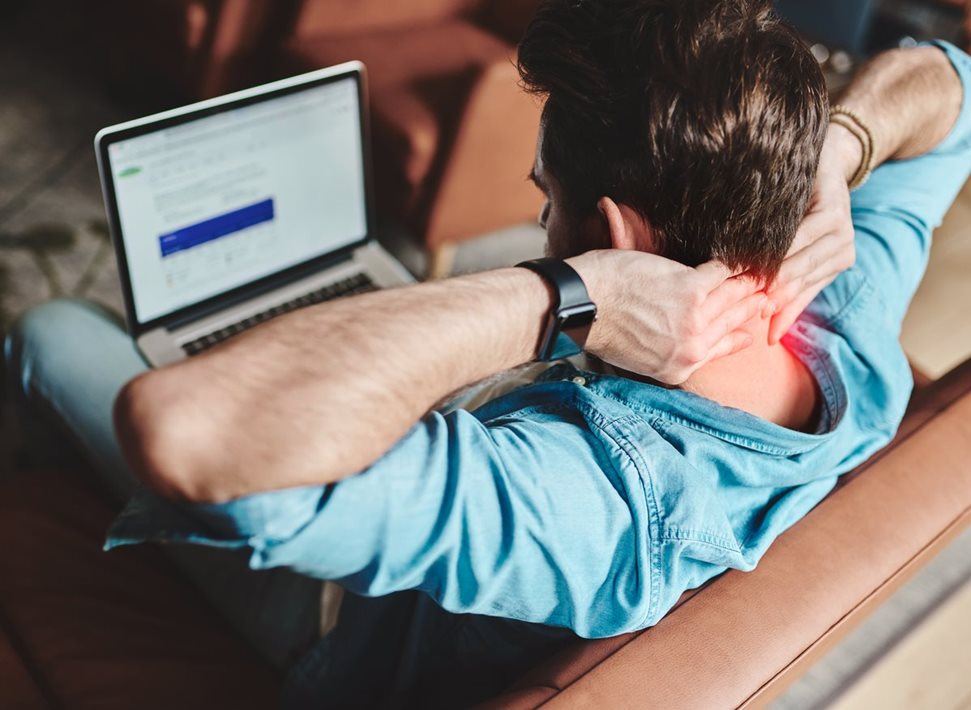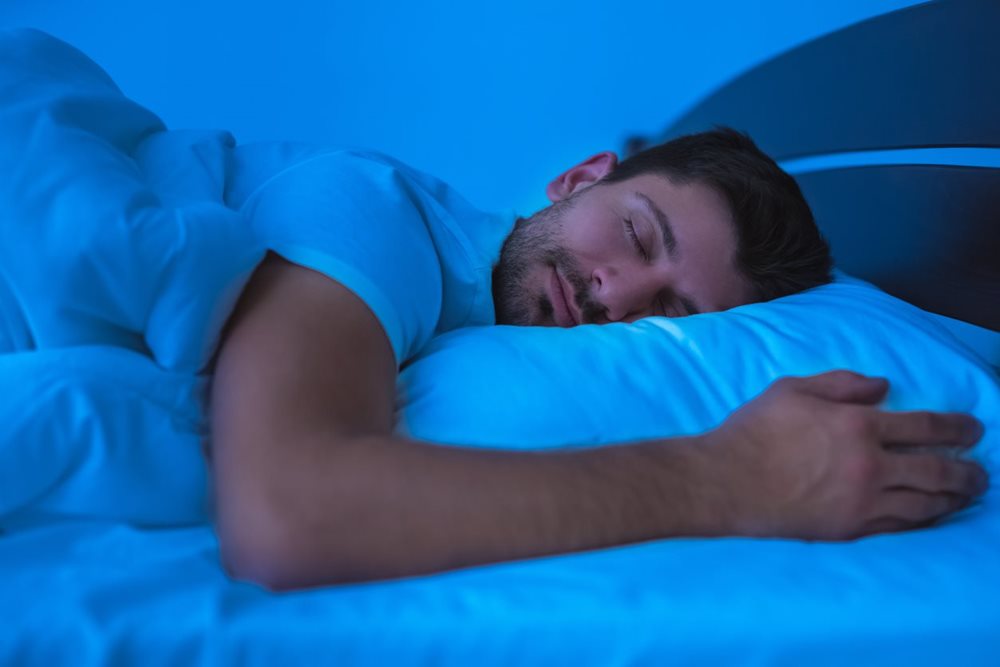Is Technology Bad for Our Health?

Never before have humans been so reliant on technology. But is it more harmful than helpful? We spoke to Movement Scientist, and founder of Human Centred Movement, Mark McGroarty to find out more.
The Rise of ‘Tech Neck’
While things like step counters and meditation apps can have a hugely positive impact, there are some downsides to our plugged-in lifestyles.
Using things like smartphones and computers every day can impact our posture and range of movement which can lead to issues like back and neck pain. “What we see in the clinic,” Mark notes, “Is people coming in with the same sort of posture. They’ll have a slight tilt in their pelvis, a rounding of their lower back, an opposite rounding of their upper back, rotation of their shoulders inward and a forward head.” That posture is commonly referred to as ‘text neck’ or ‘tech neck’ and it’s getting more and more commonplace.
So what’s causing it? “Almost all the tech we use today goes from chest height to waist height and in front of us,” Mark explains, “this means that we’re spending a huge amount of our time looking down.”
What Can You Do?
Unfortunately, the realities of everyday life (particularly if you work in an office) mean that cutting out tech completely is next to impossible. But don’t worry, there are things you can do to help. Mark has the following three simple tips.
1. Take an Eye Break
“Every 20 mins we suggest that people leave their desk, walk to a window and try to focus on something that is at least 20 meters away,” Mark notes. “Your eyes are muscles and people generally complain of eye pain or fatigue when looking at screens for a long time. But it’s not actually the screen itself, it’s the distance of the screen from you.” Incorporating this exercise into your day will help ease some of the tension in your eyes.
2. Try Standing

If you’re tied to your desk all day, Mark recommends you try a standing desk. “Try to use a standing desk for a portion of your day or at least try and spend a bit of time each day standing up.”
3. Move in the Opposite Direction
To maintain a good range of movement, we’ve got to take our bodies out of the ‘tech neck’ position. To do this, Mark recommends moving in the opposite direction. “Any time you’re putting your hands over your head you’re getting a really good stretch because we spend a lot of time with our hands below our shoulders.” The door stretch is a simple stretch you can incorporate into your day. “Go up to a door, put both hands up over the arch of the door, and then just push into that position,” he explains. “It’s a really gentle stretch and it’s the complete opposite of sitting down hunched forward looking at a screen.”
Impact on Your Sleep

Finally, technology can also impact your sleep – which can have a huge knock-on effect on your physical and mental health. “Blue light has the same impact on your brain and daily rhythm as daylight,” Mark explains. This affects not only the quantity of your sleep, but the quality too. “Before bed, spend at least an hour away from the screen so your body can set to the actual time of the day and the actual light that’s there. When you go to sleep the quality of your sleep will be a lot better.”
Created Septembr 2019.